Thin Red Line Projects
SPACE EXPLORATION – HUMAN HABITATION & CREW VEHICLES
|
Bigelow Aerospace inflatable habitat |
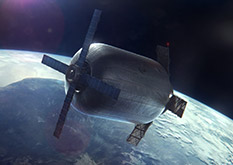 |
|
Thin Red Line UHPV (Ultra-High Performance Vessel) |
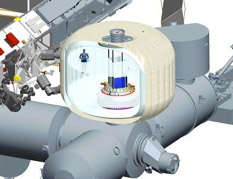 |
|
Lunar Habitat architecture |
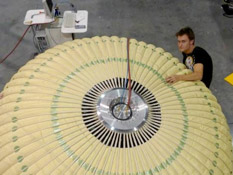 |
|
NASA Lunar Surface System Concept Studies |
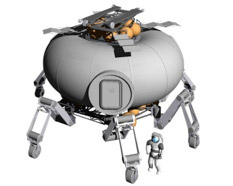 |
ADVANCED INTEGRATED HYPERSONIC ENTRY SYSTEMS
|
Integrated Inflatable Ballute for Planetary Entry |
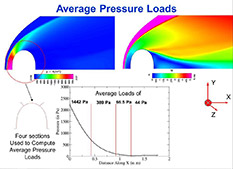 |
SPACECRAFT SHIELDING
|
Advanced Inflatable Radiation Shielding |
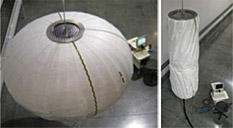 |
|
MMOD (Micrometeoroid and Orbital Debris) Shield |
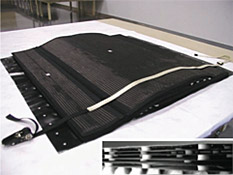 |
|
Orbital Debris (MMOD), Multi-layer Insulation (MLI), |
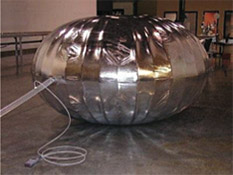 |
PRESSURE VESSELS, PROPELLANT TANKS, CRYOGENIC STORAGE
|
Lightweight Inflatable Cryogenic Tank |
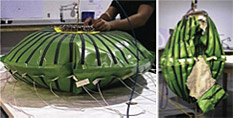 |
|
Helium Capture |
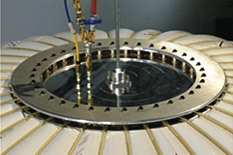 |
RENEWABLE ENERGY
|
Commercial Grid Scaling of Energy Bags for Underwater Compressed Air Energy Storage Large scale ability to store surplus energy for use during periods of high demand is a formidable asset in reduction of energy cost, improving electric grid reliability, and addressing climate change. An Energy Bag is a fabric balloon-like vessel anchored to a sea- or lakebed for the purpose of storing surplus energy in the form compressed air. This mode of energy storage is attractive primarily because the passive pressure force of the deep water environment takes on the significant role of pressure vessel structure to maintain pressurization of the air stored within the Energy Bag. Upon further investigation it becomes evident that particular attention must be given to the storage volume and pressure required to economically satisfy requirements for commercial grid scale development of this novel technology. This paper provides an introduction to the benefits and prerequisites pertaining to commercial scale energy storage capacity as related to Energy Bag structure, volume, and deployment depth. |
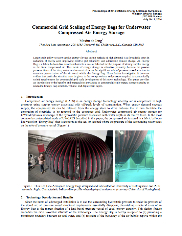 |
|
Undersea compressed air energy storage (CAES)
|
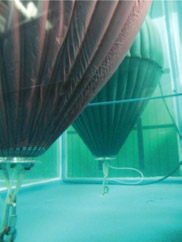 |
OTHER PROJECTS
|
Airbag Impact Attenuation R&D |
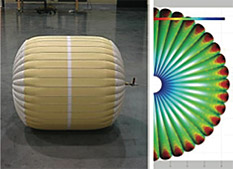 |
|
Rugged, collapsible solar concentration device |
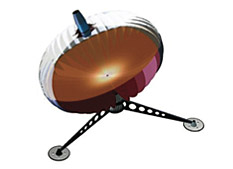 |
|
Planetary Balloons / High Altitude Airship (HAA) |
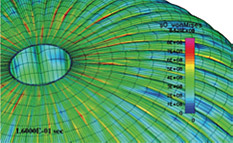 |
|
Human Protection |
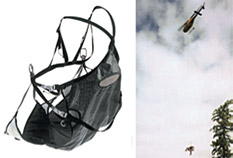 |
|
Advanced Materials R&D |
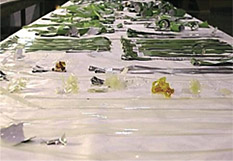 |
